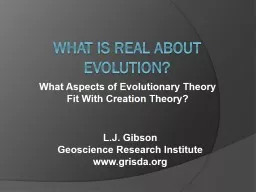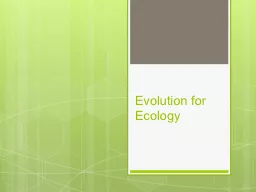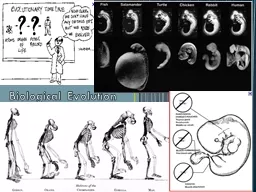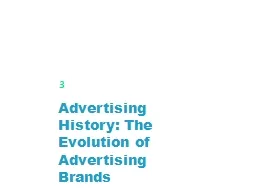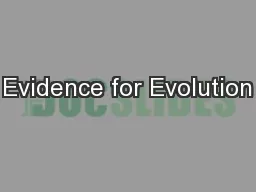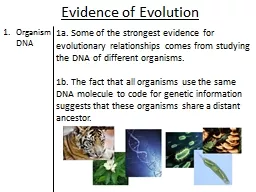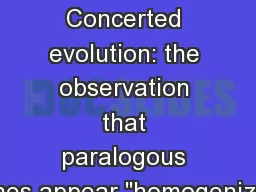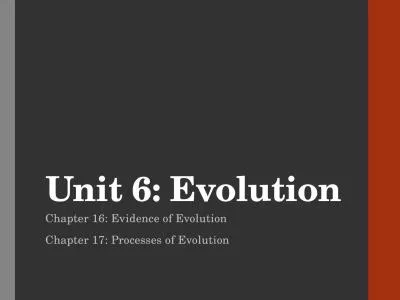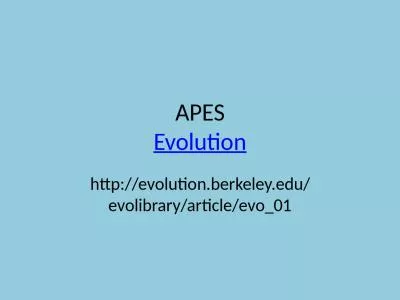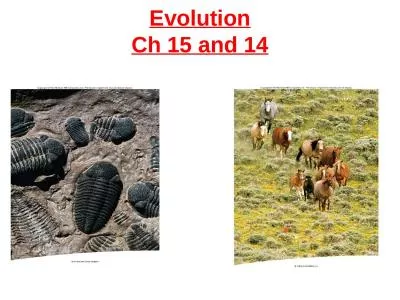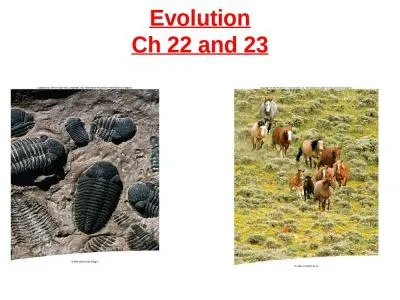PPT-WHAT IS REAL ABOUT Evolution?
Author : natalia-silvester | Published Date : 2018-02-01
What Aspects of Evolutionary Theory Fit With Creation Theory LJ Gibson Geoscience Research Institute wwwgrisdaorg Purpose of This Talk To attempt to develop a creationist
Presentation Embed Code
Download Presentation
Download Presentation The PPT/PDF document "WHAT IS REAL ABOUT Evolution?" is the property of its rightful owner. Permission is granted to download and print the materials on this website for personal, non-commercial use only, and to display it on your personal computer provided you do not modify the materials and that you retain all copyright notices contained in the materials. By downloading content from our website, you accept the terms of this agreement.
WHAT IS REAL ABOUT Evolution?: Transcript
Download Rules Of Document
"WHAT IS REAL ABOUT Evolution?"The content belongs to its owner. You may download and print it for personal use, without modification, and keep all copyright notices. By downloading, you agree to these terms.
Related Documents

